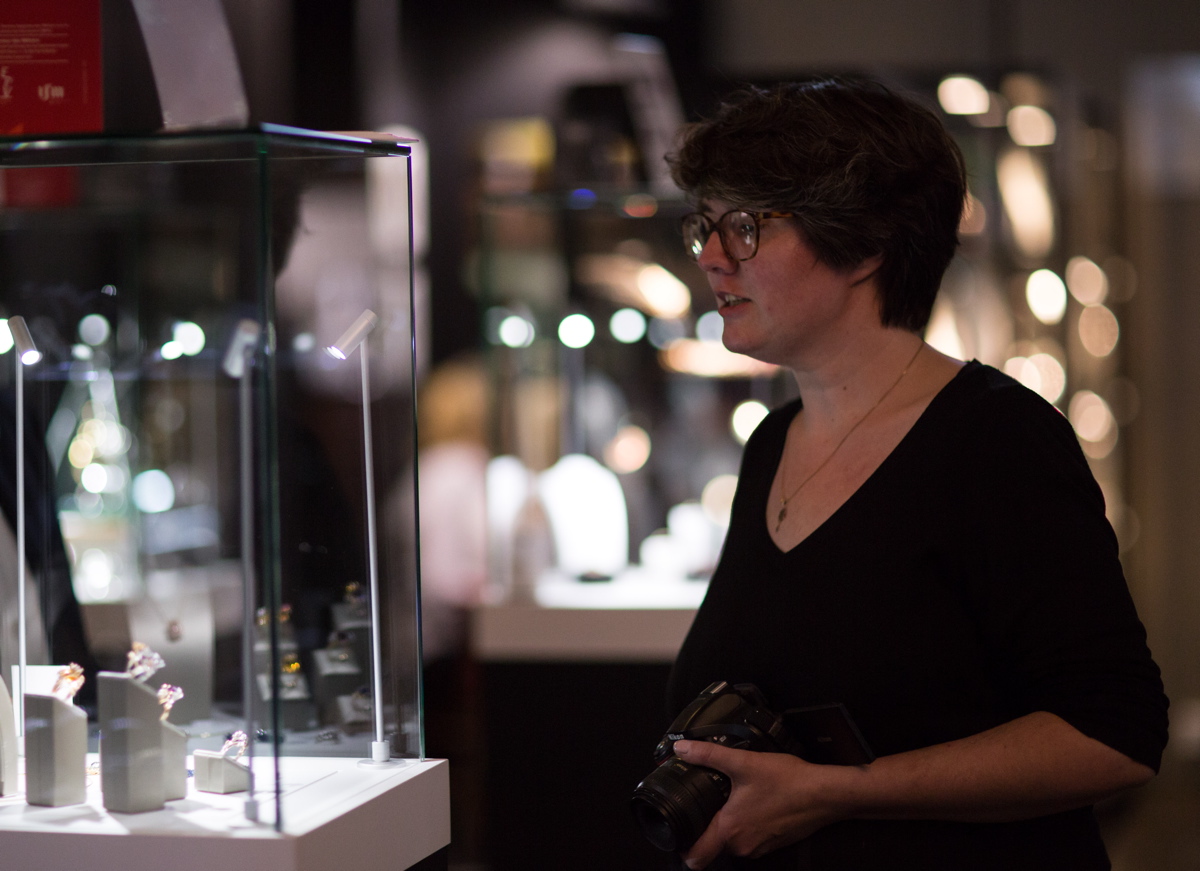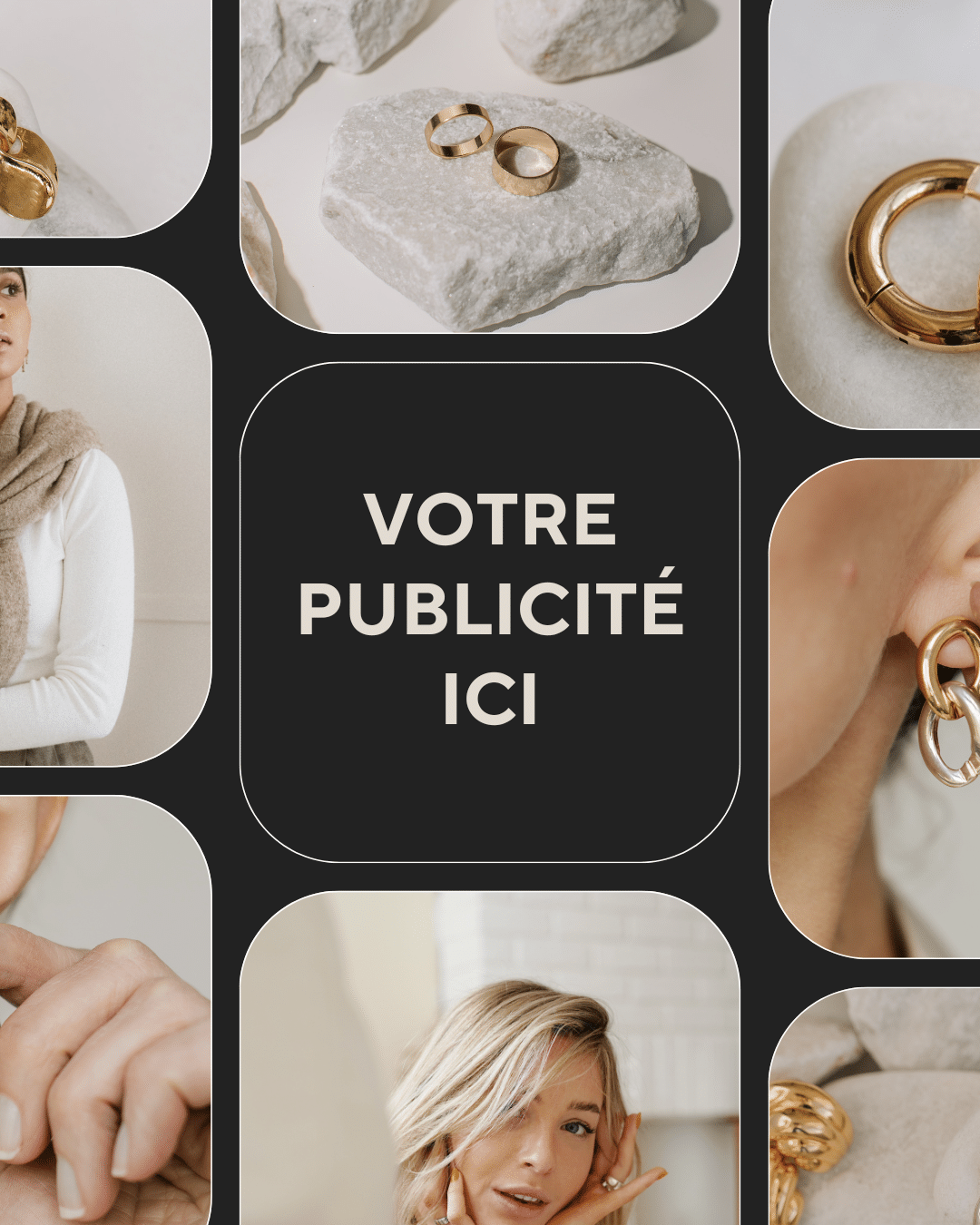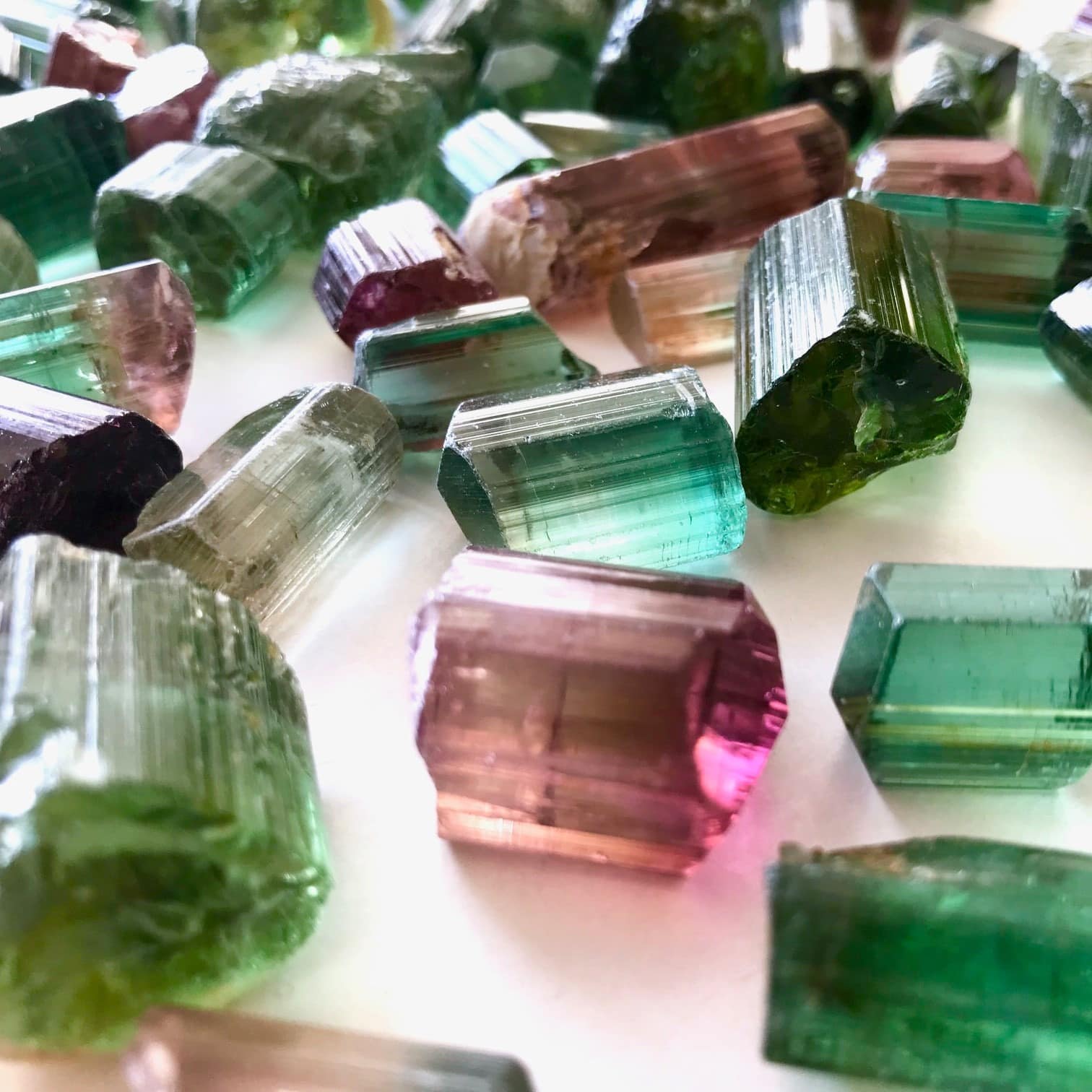ResearchJewel is a scalable, user-friendly database dedicated to maker’s marks. Ignored for a long time, masker’s marks have been enjoying a renaissance in recent years. Many books on jewellery are devoted to the subject, or include dedicated chapters. And yet, despite this, there are still many mistakes and even more approximations. When it comes to finding information in France, it’s difficult enough, but when it comes to clarifying a Swedish or Italian manufacturer, it’s almost impossible in most cases. So to convince you to discover this fantastic tool, I’d like to invite you to meet its creator: Vanessa Cron.

1-What elements on a piece of jewellery can help to contextualise it?
To appraise an antique jewel is first and foremost to analyse it. All experts have an initial instinct when they see a piece of jewellery. But this instinct, most often the result of years of experience, is not enough on its own. Before determining a value, establishing an attribution, or issuing any kind of opinion, it is first necessary to list all the clues that will enable subsequent analysis.
This involves studying the stones, the workmanship, the general style, the signature and, of course, the hallmarks. Knowledge in each of these areas is essential to a good appraisal. Once they have been brought together, these elements help to confirm (or not) the initial instinct and to contextualise a piece of jewellery. The aim is always the same: you can’t determine the fair value of a piece of jewellery if you don’t know what it is.
2-Why did you create ResearchJewel?
It’s the tool I wish I’d had when I was cataloguing in an auction house! This site is not the result of any kind of market research but of a real need in the trade.
3-The aim of this site is to fill a real gap. But there are other sites and forums (most of which are full of mistakes), what is the advantage of this database?
Most of the information on hallmarks already exists elsewhere. There are many sites, forums and publications, some very well done, others less so. But none of them brings everything together in a format that can be searched quickly and easily. Every antique jewellery expert or dealer has their own little sketchbook, with drawings of hallmarks and information gleaned over the years. The idea was really to create a tool that could bring everything together in one place, and that could also be consulted from a mobile phone. And above all, it would provide verified information.

4-How does ResearchJewel work?
ResearchJewel consists of two databases. One is dedicated to hallmarks, the other to photos and images of jewellery published in the past, for a visual search. In both cases, all you have to do is enter the information in your possession, the clues observed on the jewel, and launch a search. In the case of a hallmark, it will probably be letters, a symbol or a shape. For photos, it’s more likely to be keywords that allow you to filter the image database.
5-Are we underestimating the power of the archive in a professional world where everyone wants to be an “expert”?
Being an ‘expert’ cannot be improvised. Training and experience are absolutely essential. To identify stones, you need to be trained in gemology, and fortunately there are high-quality training courses for this. Identifying jewellery, however, is a little more complex because there is virtually no academic training available. Archives are indeed a treasure trove of information, but you also have to understand that they are generally not very accessible.
Time is also very precious, for everyone, and consulting archives or reading all the books on jewellery is extremely time-consuming. That’s the whole point of ResearchJewel : searches for verified information on master hallmarks and searches for photos of jewellery in old publications have already been carried out and catalogued. All you have to do is consult them!
6-Doing research means having a real methodology. How much time does it take to research and cross-reference sources in order to compile a file?
Some punch sheets have been in progress for years! Each file requires research, verification, cross-checking, cross-referencing of sources, etc… so a file can take 15 minutes or 2 years… Above all, there are countless files that have not yet been published on ResearchJewel because we are waiting for more information, to confirm certain elements or to obtain a photo of the hallmark in question.
That’s why the database is constantly being expanded, with new entries, new hallmarks and new photos added every week. Our subscribers don’t hesitate to contact us with specific research requests when they haven’t found their answer on ResearchJewel, so we pass on the information we already have.

7-Do you know of any real cases of misattribution in jewellery?
Yes, unfortunately, but it’s quite inevitable. The field of knowledge is also evolving, so we also have to deal with the extent of knowledge at any given time. I think there are more non-attributions than attribution errors. Errors do exist and they are certainly the consequence of a lack of rigour and attention to the essential elements of expertise.
But more often than not, it is a question of non-attribution. The hallmark or signature has not been seen or identified, so there is a lack of attribution. Knowledge of hallmarks also makes it easier to date certain pieces, and a lack of knowledge at this level leads to errors not of attribution but of dating. A piece of jewellery bearing a hallmark registered for the first time in 1912 cannot date from the 19th century..
8-The site contains a rich and detailed photo database. What is its purpose?
This photo database is an additional and complementary tool to the hallmark database. This database allows you to search for a piece of jewellery in photos of jewellery published in old articles or books. Using a few simple keywords, you can filter this database and carry out a visual search.
9-ResearchJewel is a paying database. Why this choice?
There are three main reasons: ResearchJewel is a tool designed for professionals (there was no question of making the database accessible to the general public), the research work involved in populating the database is considerable and, above all, it is an important promotional tool. Most auction houses have understood this and have been subscribers from the outset. Just as every expert or dealer has a subscription to Rapaport, which gives them access to the diamond price at all times, subscribing to ResearchJewel gives them access to invaluable information. It’s like having a research assistant at your disposal! The research has already been done for you

See you soon!






